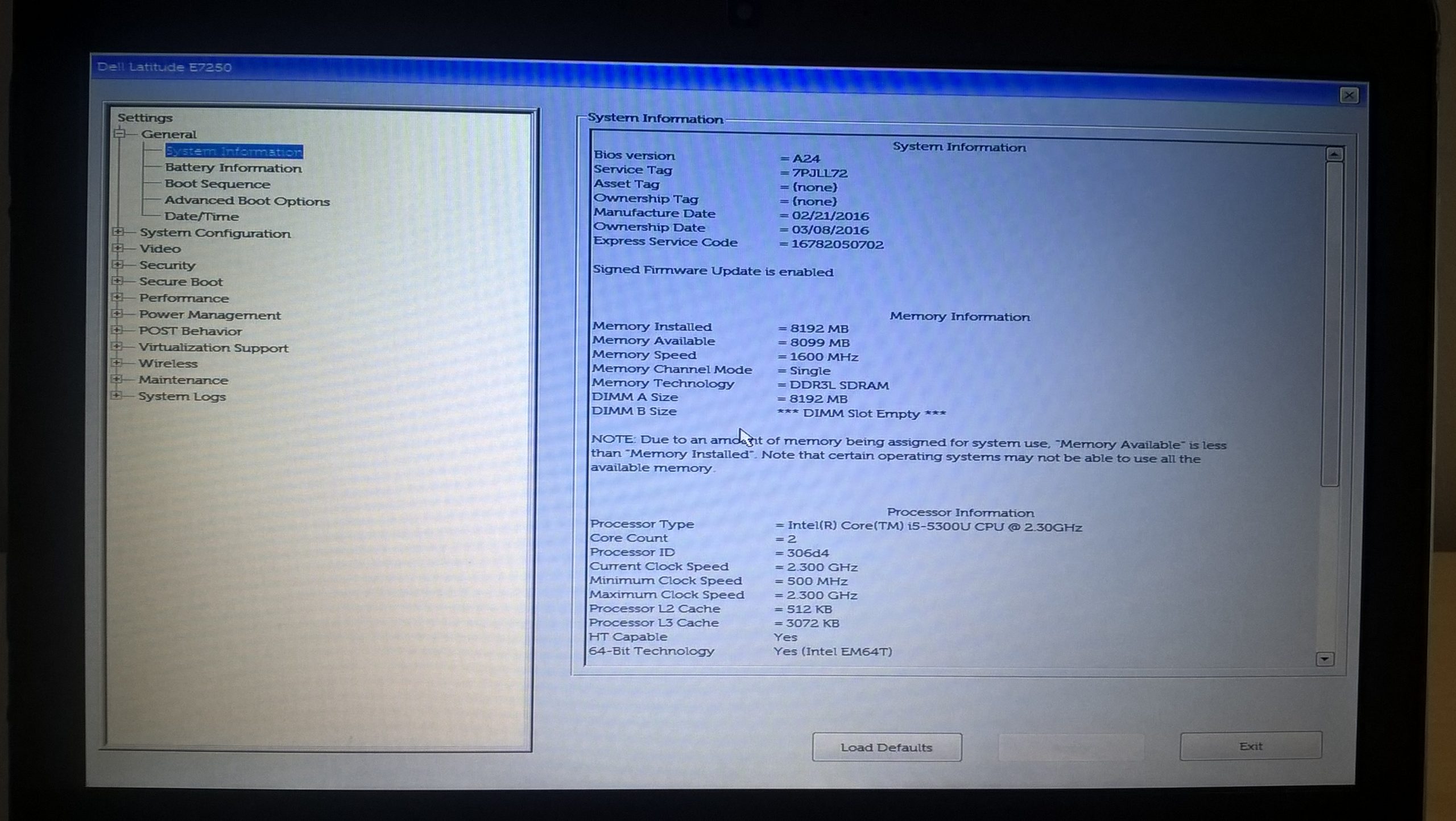Unexpected Malfunctions: The Surprising Case of Malware in a Sex Toy
In a world increasingly reliant on technology, it’s not uncommon to hear about electronic devices being compromised by malware. However, it’s not every day that a sex toy makes headlines for infected software! This bizarre incident is a stark reminder of the potential vulnerabilities lurking in even the most intimate of devices.
Imagine my disbelief when I stumbled across a report detailing a vibrantly designed vibrator that had fallen prey to malware. After doing a double take, I realized this situation was quite amusing—albeit slightly NSFW! The irony of a product meant for pleasure becoming part of a cybersecurity discussion is not lost on me.
Curious? I went ahead and grabbed a few screenshots to share just how unusual this situation is. You can check out some of the visuals and learn more about this one-of-a-kind story here.
This case challenges our perceptions and encourages a responsible approach to the adoption of smart devices. Technology can heighten our experiences, but it’s crucial to remain vigilant about security risks that may arise from unexpected sources.
Enjoy the read!
Share this content:




Thank you for sharing this intriguing and somewhat amusing case. While it’s definitely unusual to hear about malware infections in such personal devices, it does highlight the importance of cybersecurity vigilance across all connected smart devices, regardless of their purpose.
To help mitigate risks associated with internet-connected or smart devices, consider implementing the following best practices:
It’s always wise to approach new smart devices with a healthy level of skepticism and prioritize security settings immediately after setup. Should you suspect a device has been compromised, performing a factory reset and checking for firmware updates from the manufacturer is a good initial step.
If you need further assistance configuring your devices securely or have any concerns about malware infections, feel free to reach